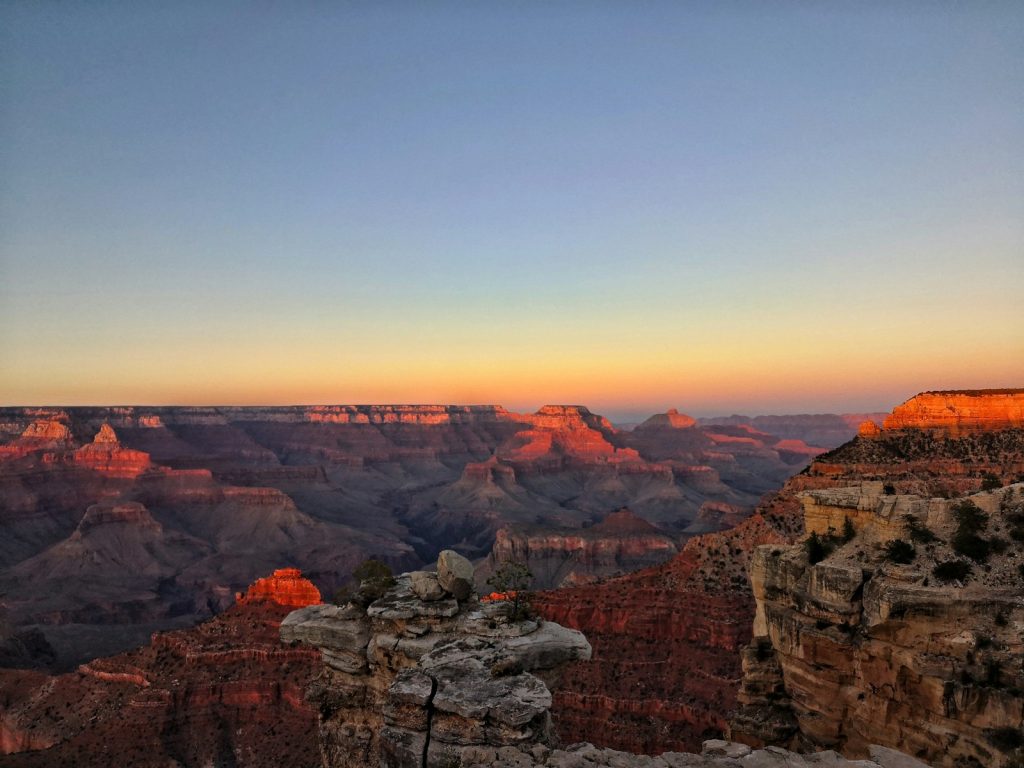
Is Car Camping Allowed in National Parks? A Clear Answer to Your Question
We may earn money or products from the companies mentioned in this post.
Car camping, also known as frontcountry camping, is a popular way to experience the great outdoors. It involves driving to an established campground and pitching a tent or sleeping in your vehicle. Many people wonder is car camping allowed in national parks, and the answer is yes, with some restrictions.
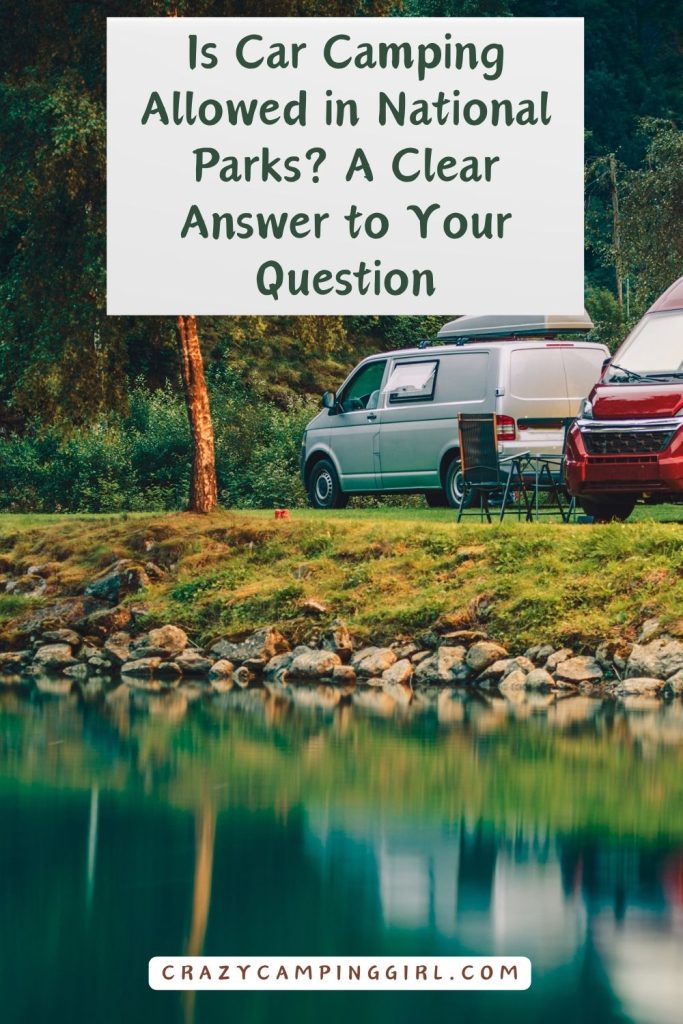
According to the National Park Service, car camping is allowed in all national parks within designated campgrounds for a fee. However, campers cannot just sleep in their cars along the side of the road or in a parking lot within a national park. Depending on the specific park, backcountry camping may be allowed in other areas with an additional permit.
If you are planning a car camping trip to a national park, it is important to do your research ahead of time to ensure you are following all rules and regulations. Each park has its own set of guidelines, so be sure to check the park’s website or contact them directly for more information.
Understanding Car Camping
Car camping, also known as frontcountry camping, is a popular way to experience the great outdoors without having to hike deep into the wilderness. It involves driving to a designated camping area and setting up camp next to your vehicle. Most national parks have designated car camping areas that offer amenities such as restrooms, picnic tables, and fire pits.
One of the benefits of car camping is that it allows you to bring more gear and supplies than you would be able to carry on a backpacking trip. This means you can bring more comfortable camping gear, such as a larger tent, camp chairs, and a cooler full of food and drinks.
It’s important to note that car camping is not the same as sleeping in your car. While some parks may allow you to sleep in your car, this is generally not considered car camping. Car camping involves setting up a traditional campsite next to your vehicle, rather than simply sleeping in your car.
When planning a car camping trip, it’s important to check the rules and regulations of the specific park you will be visiting. Some parks may have restrictions on the type of vehicle you can bring, the number of people allowed per campsite, or the length of your stay. It’s also important to follow Leave No Trace principles and pack out all of your trash and waste.
Overall, car camping can be a great way to experience the beauty of national parks while still enjoying the comforts of home. With proper planning and preparation, you can have a safe and enjoyable car camping trip in a national park.
National Parks Overview
National parks are some of the most beautiful and unique places in the United States. They offer visitors the chance to experience nature in a way that is not possible in many other places. From the towering peaks of the Rocky Mountains to the vast expanses of the Mojave Desert, national parks offer something for everyone.
One of the most popular activities in national parks is camping. Camping is a great way to experience the natural beauty of the parks and to get away from the hustle and bustle of everyday life. There are many different types of camping available in national parks, from frontcountry camping to backcountry camping.
Frontcountry camping, also known as car camping, is the most popular type of camping in national parks. It is typically done in established campgrounds that are easily accessible by car. These campgrounds often have amenities like running water, restrooms, and fire pits. Frontcountry camping is a great option for families or people who want to experience nature without giving up all the comforts of home.
Backcountry camping, on the other hand, is a more rugged and remote type of camping. It involves hiking or backpacking into the wilderness and setting up camp in a remote location. Backcountry camping is a great option for people who want to get away from the crowds and experience nature in a more intimate way.
It is important to note that not all national parks allow car camping. Each park has its own rules and regulations regarding camping, so it is important to check with the park before planning a camping trip.
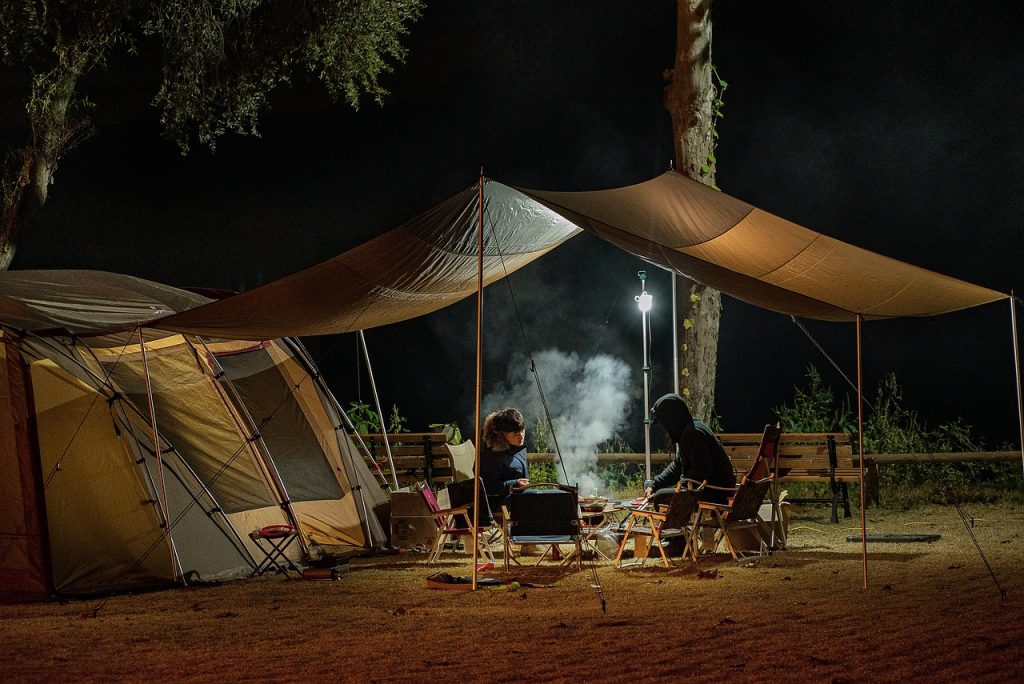
Some parks only allow backcountry camping, while others have both frontcountry and backcountry camping options. Additionally, some parks require reservations for camping, while others operate on a first-come, first-served basis.
Overall, national parks offer some of the best camping experiences in the country. Whether you prefer frontcountry or backcountry camping, there is a national park that is perfect for you. Just be sure to check with the park before planning your trip to ensure that you are following all the rules and regulations.
Regulations for Car Camping in National Parks
Car camping, also known as frontcountry camping, is a popular way to experience the great outdoors in national parks. However, there are regulations that visitors must follow to ensure that they have a safe and enjoyable experience while also protecting the natural environment. In this section, we will cover the permit requirements, designated areas, and prohibited areas for car camping in national parks.
Permit Requirements
Most national parks require visitors to obtain a camping permit before setting up camp. The permit allows park rangers to keep track of the number of visitors and ensure that everyone is following the rules. The cost of the permit varies depending on the park and the length of stay.
It’s important to note that obtaining a permit does not guarantee a campsite. Many national parks have limited camping spots, especially during peak season, and campsites are often available on a first-come, first-served basis. Visitors are encouraged to arrive early to secure a spot.
Designated Areas
Most national parks have designated camping areas where visitors can set up camp. These areas are equipped with amenities such as picnic tables, fire rings, and restrooms. Visitors are encouraged to use these areas to minimize their impact on the environment and ensure that they have a safe and enjoyable camping experience.
It’s important to note that camping outside of designated areas is prohibited in most national parks. This is to protect the natural environment and prevent damage to sensitive ecosystems. Visitors who camp outside of designated areas may be subject to fines or other penalties.
Prohibited Areas
There are also areas in national parks where camping is strictly prohibited. These areas may include sensitive ecosystems, cultural or historical sites, or areas that are prone to natural hazards such as flooding or rockslides. Visitors should always check with park rangers to ensure that they are camping in a permitted area.
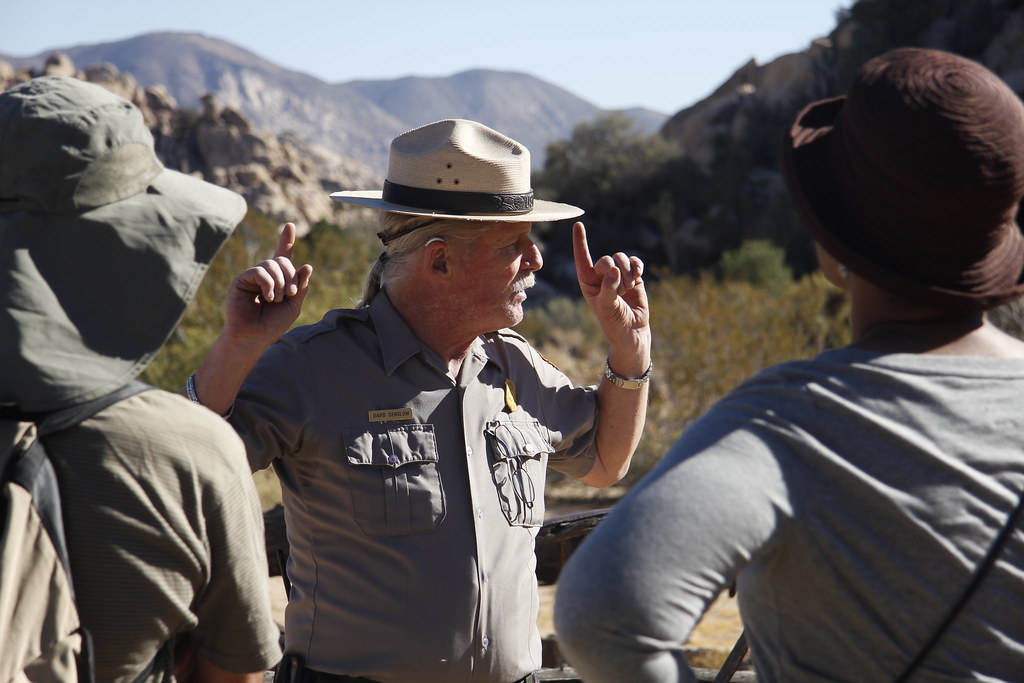
In addition to prohibited areas, there are also rules regarding where visitors can park their vehicles. In most national parks, visitors are only allowed to park in designated parking areas. Parking outside of designated areas is prohibited and may result in fines or other penalties.
Car camping is allowed in most national parks, but visitors must follow permit requirements, use designated camping areas, and avoid prohibited areas. By following these regulations, visitors can have a safe and enjoyable camping experience while also protecting the natural environment.
Benefits of Car Camping in National Parks
Car camping in national parks can be a great way to experience the beauty of nature without having to rough it out in the wilderness. Here are some benefits of car camping in national parks:
Convenience: Car camping allows you to park your car right next to your campsite, making it easy to access your gear and supplies. You can also easily move around and explore different parts of the park without having to pack and unpack your campsite every time.
Comfort: Car camping allows you to bring all the comforts of home with you, such as a comfortable mattress, pillows, and blankets. You can also bring a portable stove or grill to cook your meals and enjoy them in a cozy, outdoor setting.
Safety: Car camping can be a safer option than backcountry camping, especially if you are new to camping or traveling with children. You have access to park rangers, emergency services, and other amenities that can help keep you safe and secure.
Affordability: Car camping can be a more affordable option than staying in a hotel or renting an RV. You can save money on lodging and food by bringing your own supplies and cooking your own meals.
Flexibility: Car camping allows you to be more flexible with your itinerary and travel plans. You can easily change your plans and explore different parts of the park based on weather conditions, trail closures, or other factors.
Overall, car camping in national parks can be a great way to enjoy the great outdoors while still enjoying the comforts and convenience of home.
Drawbacks of Car Camping in National Parks
While car camping in national parks can be a great way to experience the great outdoors, there are some drawbacks to consider before embarking on your trip.
Limited Privacy
One of the biggest drawbacks of car camping in national parks is the limited privacy. Campsites are often close together, and you may have little to no privacy from your neighbors. This can be especially frustrating if you are looking for a peaceful retreat.
Noise Levels
Another issue with car camping in national parks is the noise levels. With campsites in close proximity to each other, you may be subject to noise from your neighbors, including children playing, dogs barking, and music playing. Additionally, some national parks allow generators, which can be noisy and disruptive.
Lack of Amenities
While frontcountry camping, or car camping, does offer many amenities, such as restrooms and picnic tables, there are some amenities that may be lacking. For example, electrical hookups may not be available, and shower facilities may be limited or non-existent. Additionally, campsites may not have access to potable water, so you may need to bring your own or treat water from a nearby source.
Crowded Conditions
National parks are popular destinations, and campsites can get crowded quickly, especially during peak season. This can make it difficult to find a suitable campsite, and you may need to arrive early to secure a spot. Additionally, crowded conditions can lead to increased noise levels and limited privacy.
Overall, while car camping in national parks can be a great way to experience the great outdoors, it is important to consider the drawbacks before embarking on your trip. By being aware of these potential issues, you can better prepare for your trip and have a more enjoyable experience.
Safety Considerations for Car Camping
Car camping in national parks can be a fun and affordable way to experience the great outdoors. However, it is important to take safety considerations seriously to ensure a safe and enjoyable trip.
Plan Ahead
Before embarking on a car camping trip, it is important to plan ahead. Research the park you will be visiting and familiarize yourself with the rules and regulations. Make sure to bring appropriate gear, including a first aid kit, extra food and water, and warm clothing. Check the weather forecast and be prepared for changing conditions.
Stay Safe in Your Vehicle
When car camping, it is important to stay safe in your vehicle. Make sure to park in designated areas and lock your doors when sleeping or leaving your vehicle unattended. Keep valuables out of sight and avoid leaving food or trash in your vehicle, as it can attract wildlife.
Be Aware of Wildlife
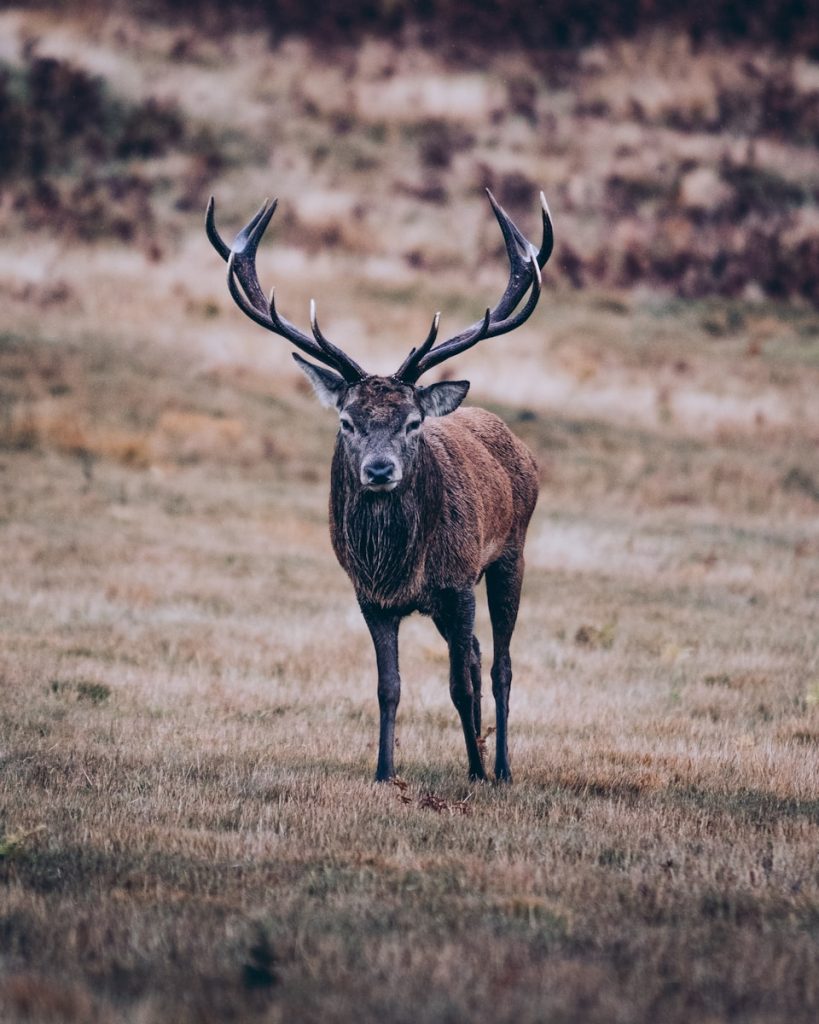
National parks are home to a variety of wildlife, including bears, deer, and coyotes. It is important to be aware of wildlife and take precautions to avoid encounters. Store food and trash in bear-resistant containers or hang it from a tree away from your campsite. Keep a safe distance from wildlife and never approach or feed them.
Follow Fire Safety Guidelines
Campfires can be a great way to stay warm and cook food while car camping. However, it is important to follow fire safety guidelines to prevent wildfires. Only build fires in designated fire rings or grills, and never leave a fire unattended. Make sure to fully extinguish fires before leaving your campsite or going to sleep.
By taking these safety considerations seriously, you can enjoy a safe and memorable car camping trip in a national park.
Sustainable Car Camping Practices
When car camping in national parks, it’s important to practice sustainable camping to protect the environment and the park’s natural resources. Here are some tips for sustainable car camping practices:
Pack it in, pack it out: Bring reusable containers and avoid disposable items as much as possible. Dispose of trash and waste in designated receptacles or pack it out with you.
Use biodegradable products: Opt for biodegradable products such as soap, shampoo, and cleaning supplies to minimize environmental impact.
Respect wildlife: Observe wildlife from a distance and avoid feeding them. Keep food stored securely to prevent attracting wildlife to your campsite.
Stay on designated roads and campsites: Avoid driving off-road or creating new campsites to minimize damage to the natural environment.
Minimize campfire impact: Use established fire rings and only burn small sticks and twigs. Do not burn trash or leave fires unattended.
By following these sustainable car camping practices, you can help preserve the natural beauty of national parks for future generations to enjoy.
Final Thoughts on Is Car Camping Allowed in National Parks?
Car camping is allowed in most national parks in the United States. Visitors can purchase an Inter-agency Annual pass for $80, which provides access to all national parks, national monuments, and other points of interest.
Frontcountry camping, also known as car camping, is the most common type of camping in national parks. Visitors can drive to an established campground and pitch a tent, sit around the picnic table, and enjoy time outdoors.
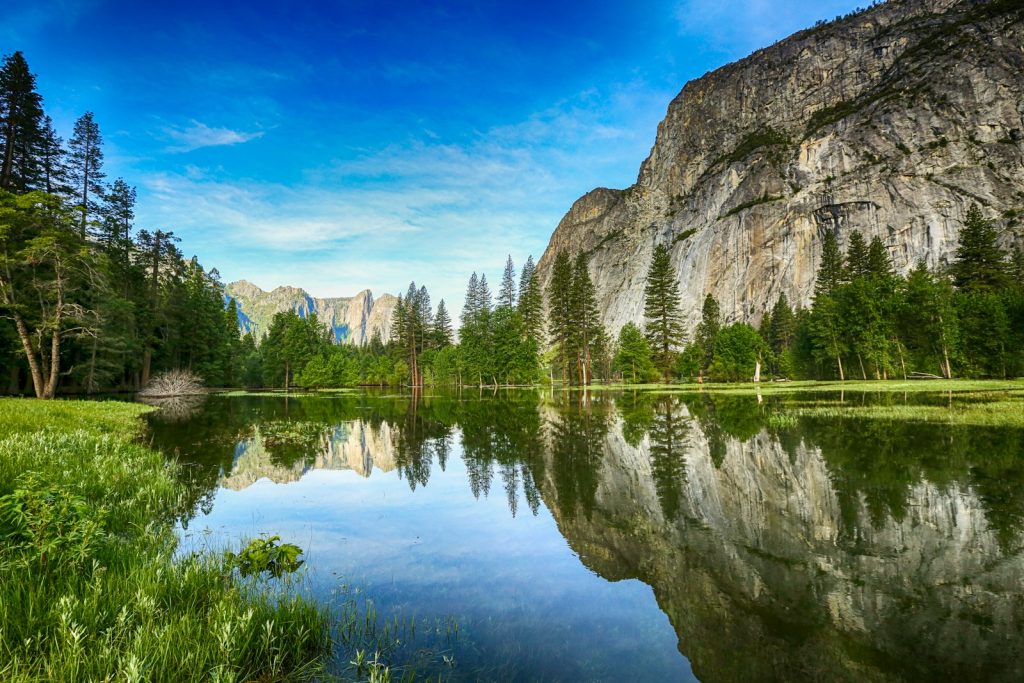
However, it is important to note that each national park has its own rules and regulations regarding camping. Some parks may have restrictions on the number of vehicles allowed per campsite, the type of vehicle allowed, and the length of stay. It is best to check with the specific park before planning a car camping trip.
Additionally, visitors must follow Leave No Trace principles and respect the natural environment while camping. This includes properly disposing of trash, not disturbing wildlife, and not damaging vegetation or natural features.
Car camping can be a great way to experience the beauty of national parks while enjoying the comforts of home. With proper planning and preparation, visitors can have a safe and enjoyable camping experience in national parks across the country.
Frequently Asked Questions regarding Is Car Camping Allowed in National Parks?
What are the rules for camping in national parks?
The rules for camping in national parks vary depending on the park. However, in general, camping is only allowed in designated camping areas. There may be restrictions on the number of people per site, the length of stay, and the use of campfires. It is important to check the specific rules for the park you plan to visit before you go.
What is backcountry camping?
Backcountry camping is camping in the wilderness away from designated campgrounds. It requires a permit and is subject to specific regulations, such as restrictions on where you can camp and how you should dispose of waste. Backcountry camping is a great way to experience the wilderness but requires more preparation and experience than frontcountry camping.
What is frontcountry camping?
Frontcountry camping is camping in designated campgrounds with amenities such as toilets, running water, and fire pits. It is a more accessible and convenient form of camping than backcountry camping.
How do I book a national park campsite?
National park campsites can be booked online through the National Park Service website. It is important to book well in advance, especially during peak season when campsites fill up quickly.
Can I sleep in my car at Badlands National Park?
Sleeping in your car is not allowed in Badlands National Park. All overnight visitors must stay in designated campgrounds.
Can you sleep in your car in Arches National Park?
Sleeping in your car is not allowed in Arches National Park. All overnight visitors must stay in designated campgrounds.
